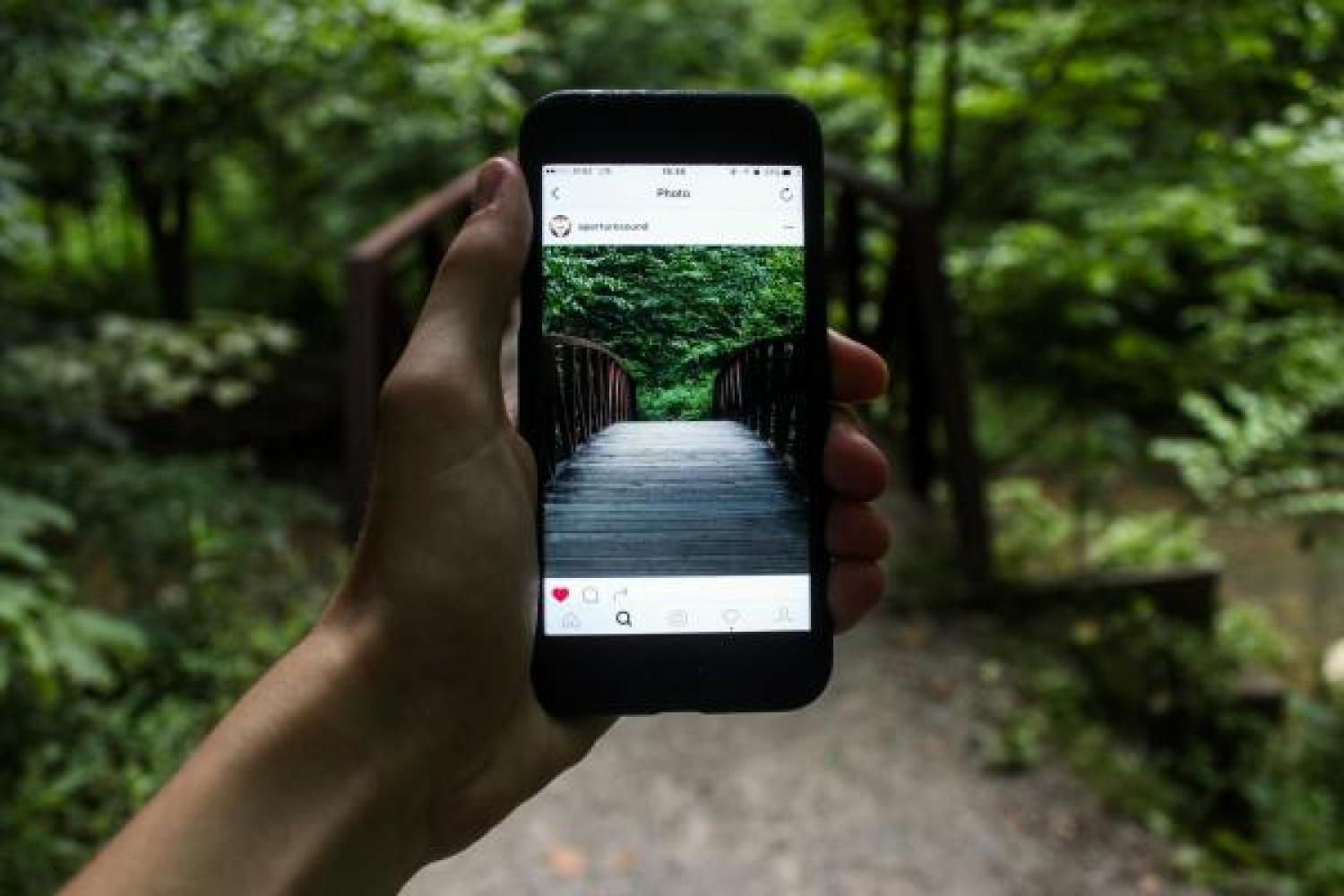Stopping the social media spiral

Social media can be a place for your student to connect with friends and family, make plans or learn about events. At the same time, social media use can sometimes be overwhelming with news and information. Navigating social media use is all about keeping things in perspective - here are some tips to share with your student.
The impacts of social media use
Staying in touch with friends and family is a positive aspect of social media. Your student can feel connected by seeing updates, sharing their own updates and making plans to meet up. It also facilitates a sense of social connection and shared experience.
However, social media can negatively affect our physical and mental health when it is overused. When we are preoccupied with social media, we can become less attentive to doing things that enhance our overall health and wellness. For your student, this can include things like spending time outdoors, engaging in conversations when out with friends, getting a head start on a project or getting enough sleep.
With the amount of information that comes through our news feeds, your student may see things that bring up a variety of reactions. Social media can also make it easy to compare ourselves to other people, which can cause anxiety and feelings of loneliness and inadequacy.
Minimizing the negative impacts
One thing your student can do to reduce these harmful effects is decrease the amount of time they spend on social media. Here are some ideas to help them get started:
- Move social apps off the home screen. Having this extra step to open these apps can reduce the urge to check social media as soon as your student gets on their phone.
- Your student could schedule specific times to check social media or set a timer to limit themselves to 20-30 minutes. They could also try putting their phone on silent so they are less likely to get distracted when notifications come through.
- Encourage your student to take a break from social media or limit the number of apps they use. They could begin by sticking to the apps they use the most to communicate with people.
Being a critical user of social media is also helpful to reduce its negative impacts. Remind your student that what they see is usually someone else’s highlight reel and isn’t typical of anyone’s day-to-day life.
Using social media in a more positive way
There are steps your student can take to help them have better experiences when using social media:
- Encourage your student to be mindful and intentional of their social media use. This includes following people and brands that make them feel good and unfollowing people that don’t make them feel good. They can look for those that post funny memes or inspirational quotes to help ease stress.
- Your student can also use social media as a way to plan face-to-face meetings. Whether it’s in person or over a video chat, we tend to have more meaningful connections through face-to-face contact.
How do we know if social media use has become a problem?
Your student can reflect on how often they’re checking social media or the amount of time they spend on social apps to help understand if it’s getting in the way of their day-to-day activities. If they find that they prefer social media over more direct forms of communication or if they constantly feel an urge to scroll through social feeds, it might be time to scale back or adjust their habits.
If your student finds that they need more support in finding balance, they can stop by a Counseling and Psychiatric Services’ Let’s Talk location for an informal consultation with a counselor.


